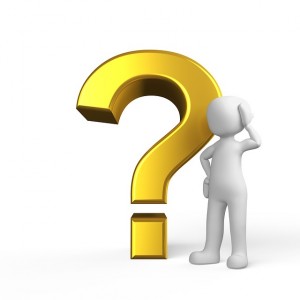Do Punctuation Marks Go Inside Or Outside Of Quotation Marks?

When it comes to the English language and proper writing, numerous rules cause serious problems or concerns for students, writers and people all over. One question which always pops up is the proper usage of punctuation marks. For those that want to know “Do punctuation marks go inside or outside of quotation marks?” , the following articles delves into that question and answers it.
Confusing Rule
Most grammar rules are easy to follow. Others, although they may be a bit more confusing, can also be figured out with some patience. However, when it comes to punctuation quotes and whether or not they go inside or outside of quotation marks, the answer is harder. If you live in the United States or the audience you are writing for is from there, then the periods and commas go inside the quotation marks. This rule applies regardless of logic. Be that as it may, if you live in Canada, United Kingdom and/or islands under the influence of British education, then the punctuation and quotation marks rules change. In British English, periods and commas can go inside or outside. Interestingly enough, some say that they (British English) are more apt to follow logic.
Still have more questions on this subject? Then check out The “Secret” Of Quotation Marks
When In….. Use Them This Way
For those of us residing and writing for an audience in the United States, the usage of quotation marks applies in several situations.
– Whenever you are quoting exactly what someone said or wrote, you would use them this way:
She said, “Please allow me to use your cell phone for one minute.”
– Whenever you are naming the name or title of a movie, song, TV episode or similar issue, you would use them this way:
I finally watched the movie, “Gone With The Wind” last night.
– Whenever you are writing about a phrase or a word, you would use them this way:
Saying “Thank you very much” instead of just “Thank you” to someone sounds much better sometimes.
What About Periods & Commas?
As we stated earlier, the answer to where you would place periods, commas and question marks largely depends on where you live and who your audience will be. The American rules for using commas, periods and question marks are simple; you place them inside of the quotation marks when needed.
– Whenever you are applying them for quoted sentences, the proper way to use them would be:
He asked me a question and I replied, “I am not sure of the answer.”
– Whenever you are applying them to quoted phrases or words, the proper way to use them would be:
I laughed so hard watching the TV show “Two and Half Men.”
The only time this rule for American English changes is when you are using colons (:) and semicolons (;). In that event, it is the opposite as they always go on the outside.
Example –
All of us loved the song “Hello”: even my tough friend Mario.
Finally, when it comes to question marks (?) and exclamation points (!), the standard American English rules is to place them on the inside if they are part of the quoted sentence.
Example –
My mother asked me, “What do you want to eat for dinner?”.
Notwithstanding, if they are part of the main sentence, but not part of the quote, then you place them on the outside.
Example –
Weren’t you listening when she said “I don’t love you anymore”?
Did you ever use the word “Commensurate”?
Read more here if you are still unsure on What To Do With The Question Mark?
So Who’s Right And Wrong?
Trying to determine who is right or wrong between the quotation rules can be just as confusing as the rules themselves. The truth is that it doesn’t really matter whom you may feel is correct. In the end, they are complicated enough which is why so many people have trouble following them. If you live in the US and are writing for an audience based here, then you already know the answers to the rules. However, if you are outside of the United States, then you would have to follow the rules for that particular country.
